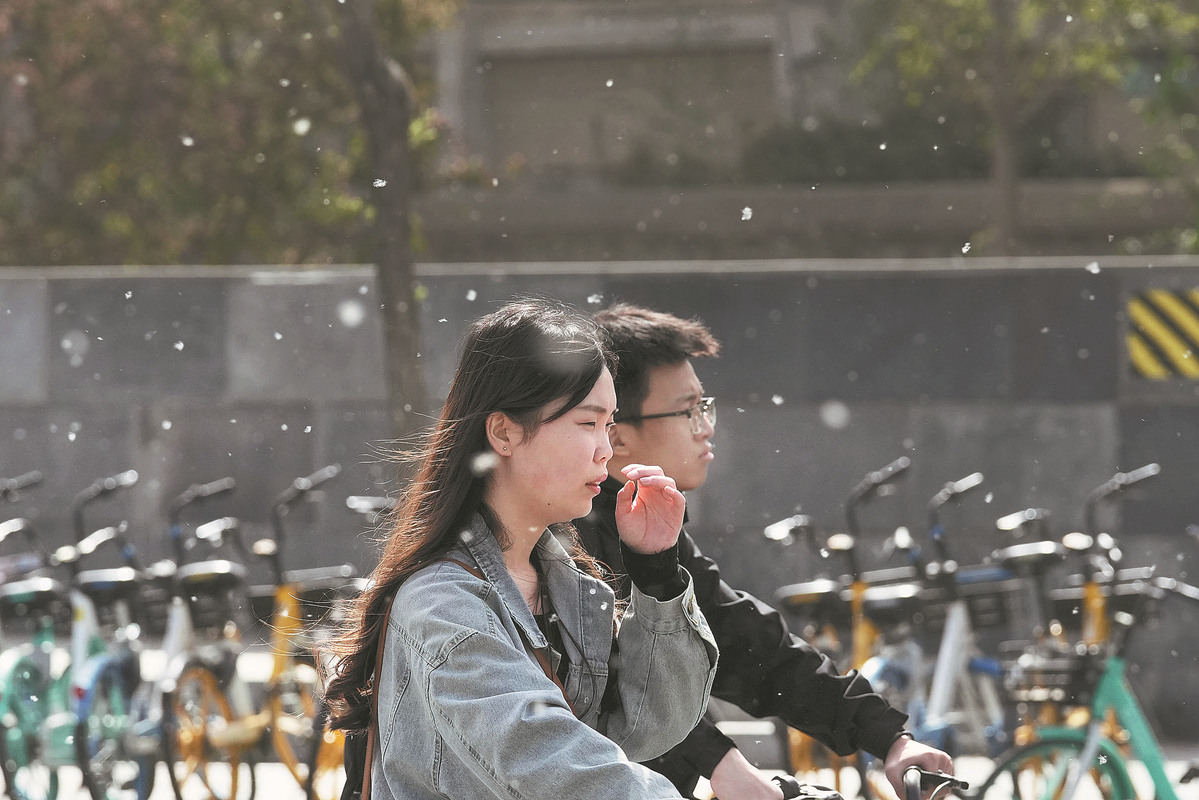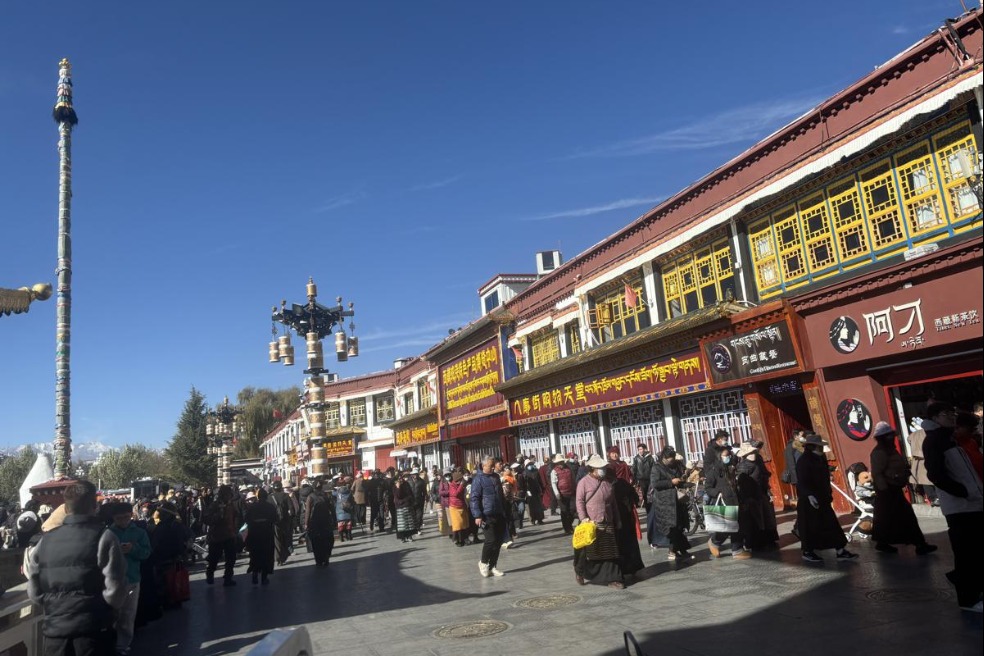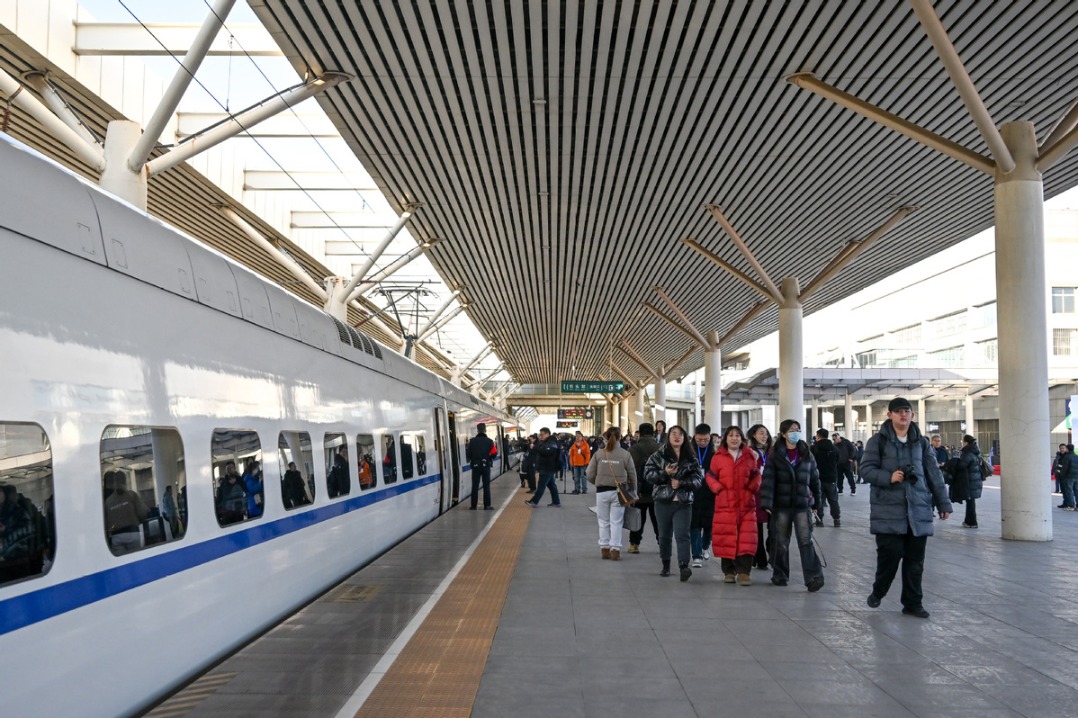'Tis the season of sneezes


Che Shaochen, senior engineer at the Beijing Academy of Forestry and Landscape Architecture, said that plants with anemophilous flowers — including cypress, pine and willow trees — are the main source of allergens.
"The pollen of such flowers can be spread by wind because it is smaller than that of entomophilous flowers whose pollen is carried by insects. Large amounts of airborne pollen cause allergies," he said.
Pollen from peach and apricot blossoms and roses is usually collected and spread by insects. Due to small quantities of large pollen particles, such pollen has few opportunities to spread long-distance and limited power to cause allergies, he added.
He also said that the urban heat island effect and hardening roads make air disturbances more intense and cause pollen to hang in the air for a longer time.
High-rise buildings in cities are not conducive to air diffusion and contribute to high concentrations of pollen as well, he added.
Data from the capital's forestry bureau showed that inside the third ring road in downtown Beijing, there are 190,000 Sabina chinensis, planted between 1990 and 2010.
The bureau said it will plant more tree species with insect-spread pollen in its projects to construct new urban parks and green spaces and avoid trees that cause allergies.
However, cypresses in some zones should be protected, for reasons of landscape, ecological value and cost concerns, the bureau said.
The bureau is strictly limiting transplantation of cypresses, not only because they provide landscape benefits but also because their average age is more than 10 years, the bureau said.
"Their ground diameter is more than 15 centimeters. For such large-sized seedlings, the survival rate is only 20 to 30 percent if transplanted. In addition, the transplantation cost is high, at about 3000 yuan ($435) per tree," the bureau said.
Except for special reasons including urban construction, residential safety or poor growth or aging of a tree, transplanting is not allowed, the bureau said.
Che, the engineer, said scientific proofs are needed for choosing tree species in the future.
"If we blindly replace current trees with new ones, it may lead to other problems. And we must fully consider the risks. So it is a rather difficult problem, how to adjust a tree species structure involving so many plants, because each person's allergen is different," he said.
The Beijing forestry bureau said it will continue to provide treatments mitigating the allergenic effect of plants that cannot be moved. Measures include pruning flower branches and sprinkling water to reduce air transportation of pollen.
Che said that medical, meteorological and forestry departments need to jointly tackle key problems and answer scientific questions.
The answers will be applied to pollen forecasts to provide information to the public for protection against allergens.
"It takes a lot of crew members and material resources — including intelligent monitoring equipment — to do the basic work of forecasting," he said.
























